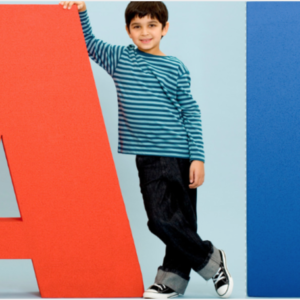Last updated on November 29, 2020
Letter(Grapheme) and sound(phoneme) are 2(two) different things. The following examples show different ways to pronounce the letter /e/ for different words in Indonesian language.
- Saya senang makan bèbèk.
- Mendengar berita sêdih ia menangis tersêdu-sêdu.
- Nénék datang nanti soré.
| é | è | ê | |
| Diacritic (é) that is pronounced [e] | Diacritic (è) that is pronounced [ɛ] | Diacritic (ê) that is pronounced [ə] | |
| As “e” in “hey”; somewhere between “e” in “bet” and “ee” in “see”) | As “e” in “bet”, that is, the open (e). It is used to make it clear that an “e” is not silent and isn’t reduced to /ə/ (uh). | It is also called schwa*. A weak one like the English /e/ in ‘children’; ‘her’; ‘per’ | |
| Example: | Example: | Example: | |
| énak – delicious | bèbèk – duck | êmas – gold | |
| kué – cake | militèr – military | sêkat – partition | |
| kakék – grandfather | èmber – bucket | bêras – rice | |
| soré – afternoon | pendèk – short | dêkat – near | |
| béla – defend | jelèk – ugly | jêlèk – ugly | |
| sétan – ghost | nénék – grandmother | pêrgi – go | |
| téras – terrace | têras – elite | ||
| sêkarang – now |
*Schwa is a quick, relaxed, neutral vowel pronunciation very close to a ‘short u‘ /ʌ/.


